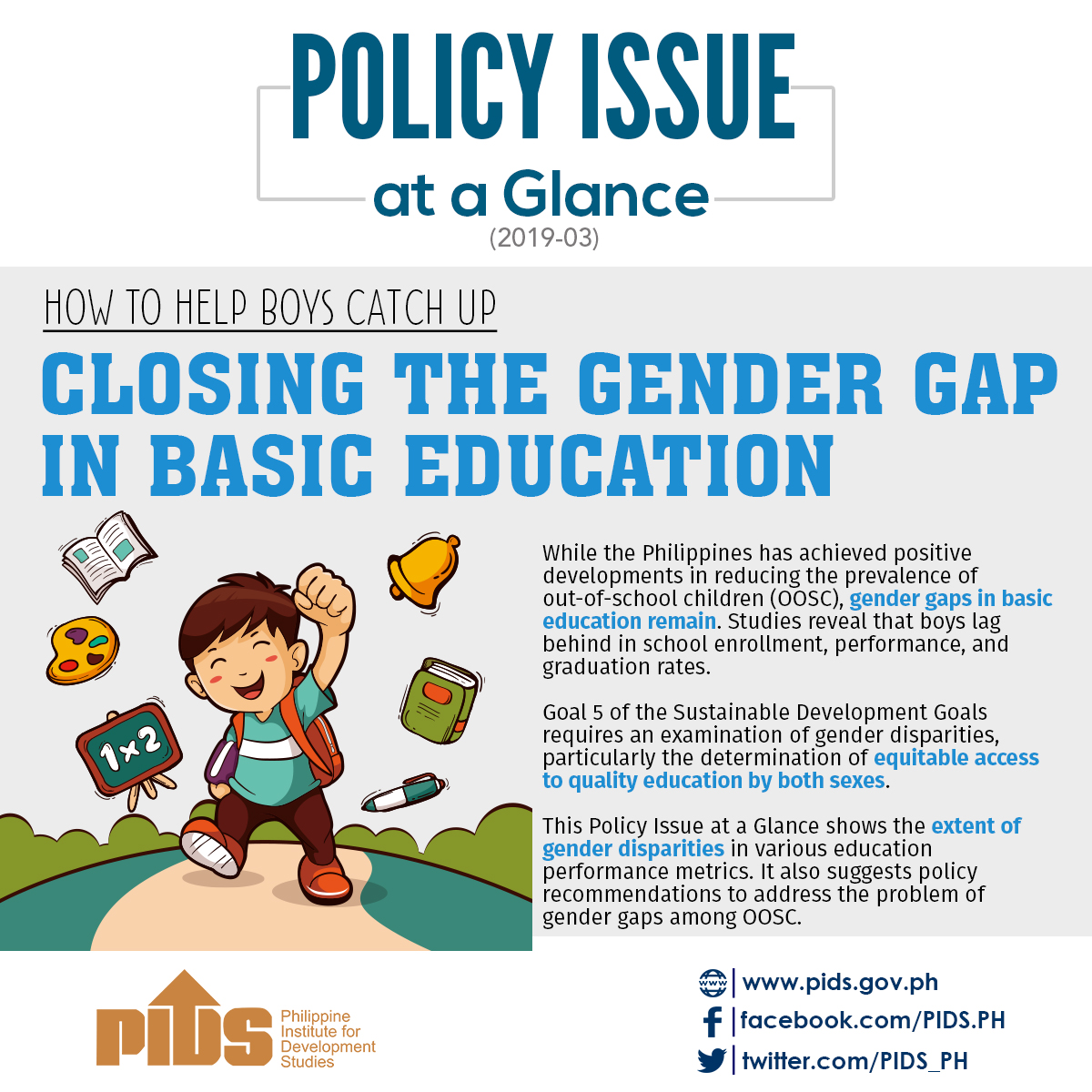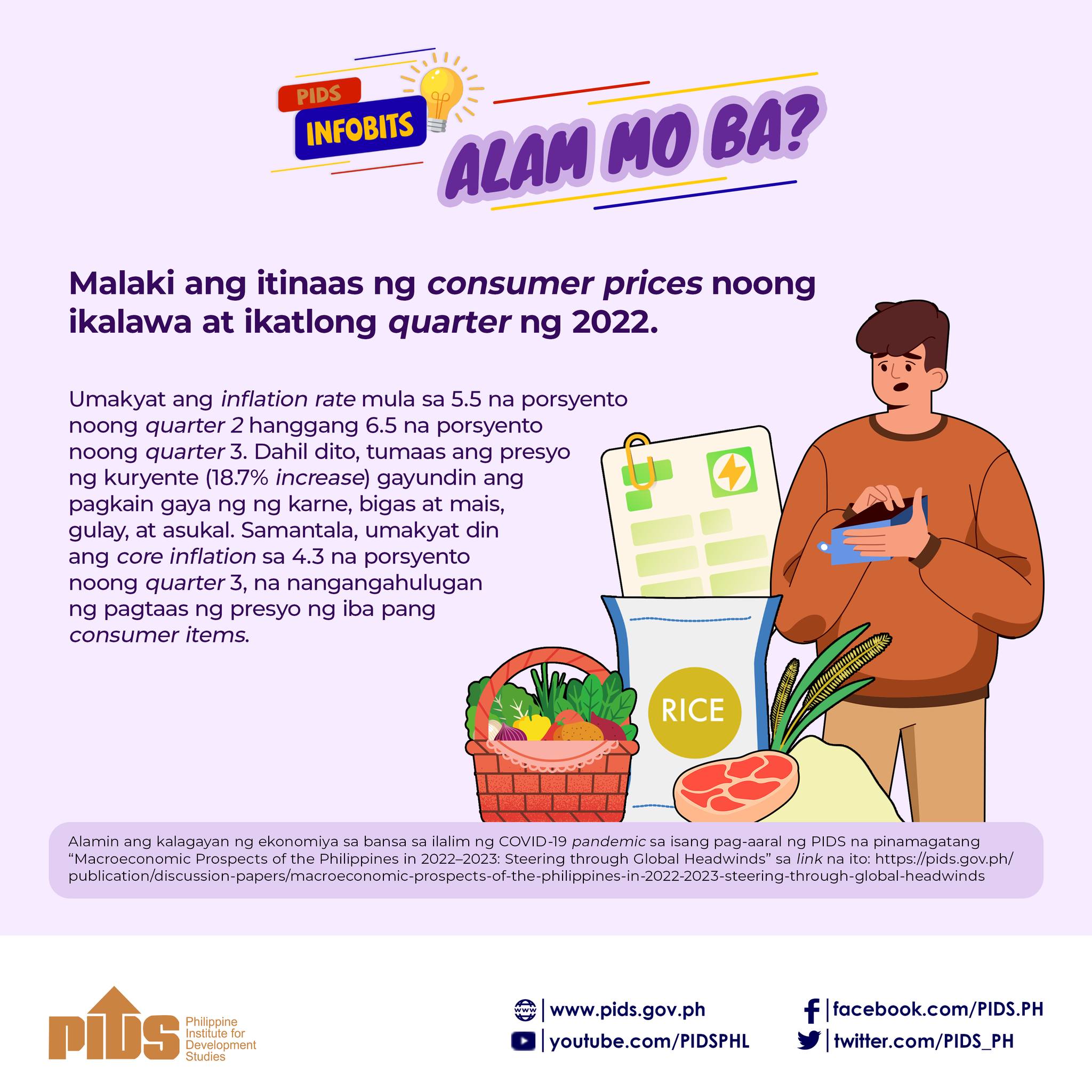The Sugar Regulatory Administration (SRA) will look into the continuing decline of sugar prices which industry stakeholders said could be traced to the importation of high fructose corn syrup.
SRA administrator Hermenegildo Serafica said the board has created a committee to investigate the decline in sugar prices in mill site, wholesale and retail stores.
“The board directed the committee to look into the importation and consumption of all forms of sugars. They will also run a check on custom bonded warehouses and food processors’ utilization of sugar,” Serafica said.
Latest data for crop year 2017 to 2018, which started in September, showed that prices in the mill gate level went down 26 percent to P1,190 per 50-kilogram bag as of Nov. 5 from P1,618 per 50-kg bag in the same period last year.
Wholesale prices also declined by 21 percent to P1,500 per 50-kg bag for raw sugar; 18 percent to P1,700 for washed sugar; and 15 percent to P2,000 for refined sugar.
SRA’s move came after the Sugar Alliance of the Philippines (SAP) asked for an investigation of the lingering effect of HFCS importation in the country that affect sugar production and prices.
The industry has requested SRA to hold the approval of the importation of HFCS until such time that the issue is properly investigated.
“The board also resolved to hold in abeyance the requests of food processors to import sugar until the committee has concluded its investigation,” Serafica said.
Last month, the Department of Agriculture (DA) maintained that the order imposing a cap on the entry of HFCS into the country would remain.<
Sugar Order 3, signed by former SRA chief Anna Rosario Paner last February, places a cap on the volume of HFCS to be imported and imposes stiff tariff and duties on the commodity.
Local sugarcane producers said that for the past six years, beverage makers and food processors imported almost 800,000 metric tons of HFCS into the country, displacing the demand for 23 million 50-kilo bags of locally produced sugar and depriving the country, particularly the sugar industry of P35.2 billion in potential income.
For the last crop year alone, HFCS importation has pulled down sugar prices to about P1,400 per bag from P1,800 per bag, translating to potential revenue losses of about P20 billion.
But while prices of raw sugar have continued to decline over the past years, the cost of beverages, including sugar-sweetened drinks, have increased during the same period, government data showed.
The Philippine Statistics Authority (PSA) revealed the price index of non-alcohololic beverages--including sugar sweetened beverages--stood at 105.5 as of October, 1.93 percent up from last year’s level of 103.5 and 5.6 percent higher than 99.9 the same period in 2014.
Sought for comment, Philippine Institute for Development Studies (PIDS) senior research fellow Roehlano Briones said the above data shows how changes
“Processed products tend to be more price-picky, especially at the retail level. They’re not that sensitive to changes in the upstream farm producer price. If there’s a change it would probably have to be fairly sharp and sustained.
’s just normal in processed products, not unique to beverages,” Briones said in a phone interview
“So it works both ways, consumers are relatively insulated from price increases in the raw material side, and at the same time, because of the economics of supply chain, they also don’t get to benefit that much from reductions in price of raw materials,” he added.
The government is pushing for the imposition of an excise tax on sugary beverages under the Tax Reform for Acceleration and Inclusion Act (TRAIN) as a way to curb the sugar consumption of Filipino families.
Under the Senate version of the bill, a tax of P5 per liter will be levied on sweetened drinks, while the House of Representatives version is pushing for a tax rate of P10 per liter. –With Mary Grace Padin
SRA administrator Hermenegildo Serafica said the board has created a committee to investigate the decline in sugar prices in mill site, wholesale and retail stores.
“The board directed the committee to look into the importation and consumption of all forms of sugars. They will also run a check on custom bonded warehouses and food processors’ utilization of sugar,” Serafica said.
Latest data for crop year 2017 to 2018, which started in September, showed that prices in the mill gate level went down 26 percent to P1,190 per 50-kilogram bag as of Nov. 5 from P1,618 per 50-kg bag in the same period last year.
Wholesale prices also declined by 21 percent to P1,500 per 50-kg bag for raw sugar; 18 percent to P1,700 for washed sugar; and 15 percent to P2,000 for refined sugar.
SRA’s move came after the Sugar Alliance of the Philippines (SAP) asked for an investigation of the lingering effect of HFCS importation in the country that affect sugar production and prices.
The industry has requested SRA to hold the approval of the importation of HFCS until such time that the issue is properly investigated.
“The board also resolved to hold in abeyance the requests of food processors to import sugar until the committee has concluded its investigation,” Serafica said.
Last month, the Department of Agriculture (DA) maintained that the order imposing a cap on the entry of HFCS into the country would remain.<
Sugar Order 3, signed by former SRA chief Anna Rosario Paner last February, places a cap on the volume of HFCS to be imported and imposes stiff tariff and duties on the commodity.
Local sugarcane producers said that for the past six years, beverage makers and food processors imported almost 800,000 metric tons of HFCS into the country, displacing the demand for 23 million 50-kilo bags of locally produced sugar and depriving the country, particularly the sugar industry of P35.2 billion in potential income.
For the last crop year alone, HFCS importation has pulled down sugar prices to about P1,400 per bag from P1,800 per bag, translating to potential revenue losses of about P20 billion.
But while prices of raw sugar have continued to decline over the past years, the cost of beverages, including sugar-sweetened drinks, have increased during the same period, government data showed.
The Philippine Statistics Authority (PSA) revealed the price index of non-alcohololic beverages--including sugar sweetened beverages--stood at 105.5 as of October, 1.93 percent up from last year’s level of 103.5 and 5.6 percent higher than 99.9 the same period in 2014.
Sought for comment, Philippine Institute for Development Studies (PIDS) senior research fellow Roehlano Briones said the above data shows how changes
“Processed products tend to be more price-picky, especially at the retail level. They’re not that sensitive to changes in the upstream farm producer price. If there’s a change it would probably have to be fairly sharp and sustained.
’s just normal in processed products, not unique to beverages,” Briones said in a phone interview
“So it works both ways, consumers are relatively insulated from price increases in the raw material side, and at the same time, because of the economics of supply chain, they also don’t get to benefit that much from reductions in price of raw materials,” he added.
The government is pushing for the imposition of an excise tax on sugary beverages under the Tax Reform for Acceleration and Inclusion Act (TRAIN) as a way to curb the sugar consumption of Filipino families.
Under the Senate version of the bill, a tax of P5 per liter will be levied on sweetened drinks, while the House of Representatives version is pushing for a tax rate of P10 per liter. –With Mary Grace Padin








